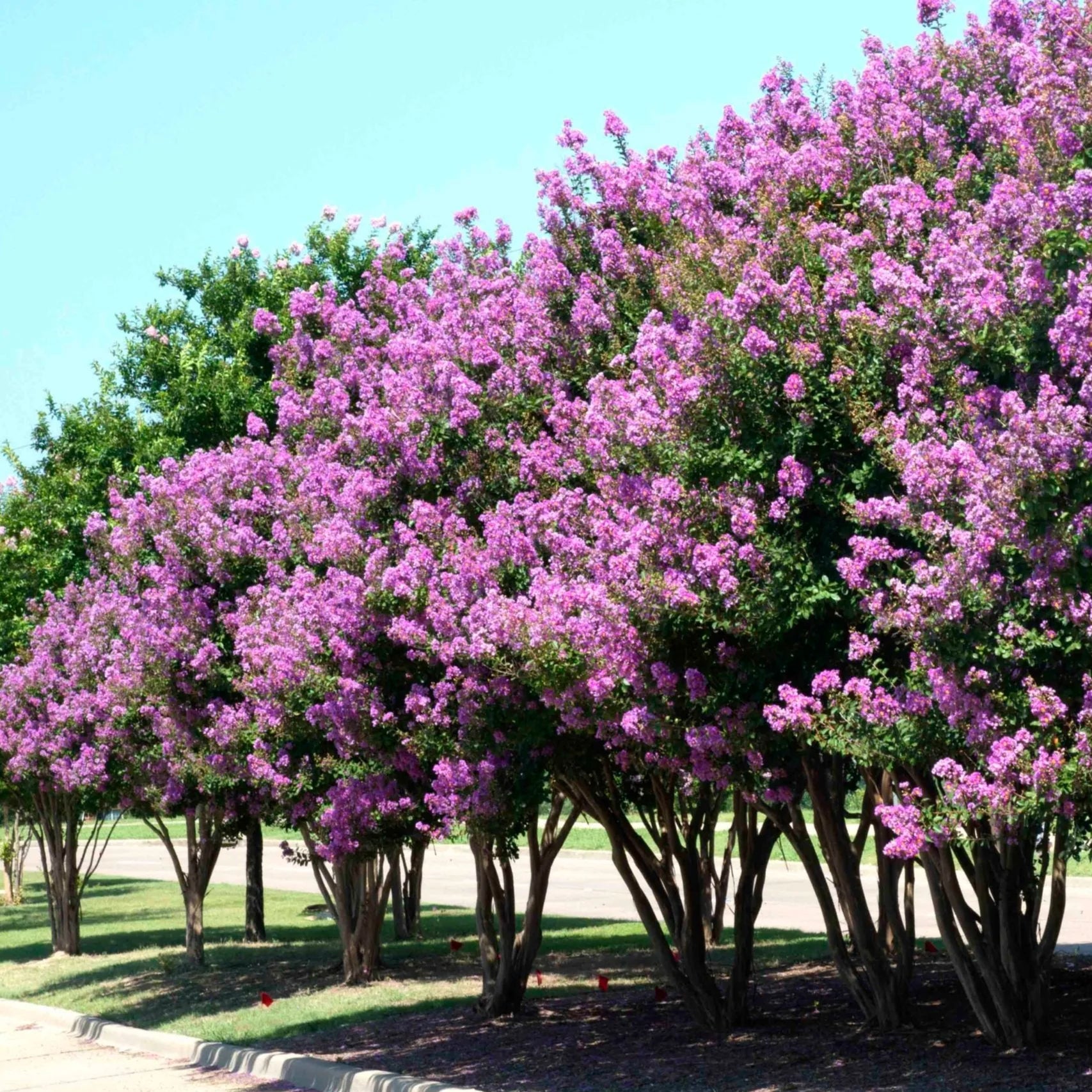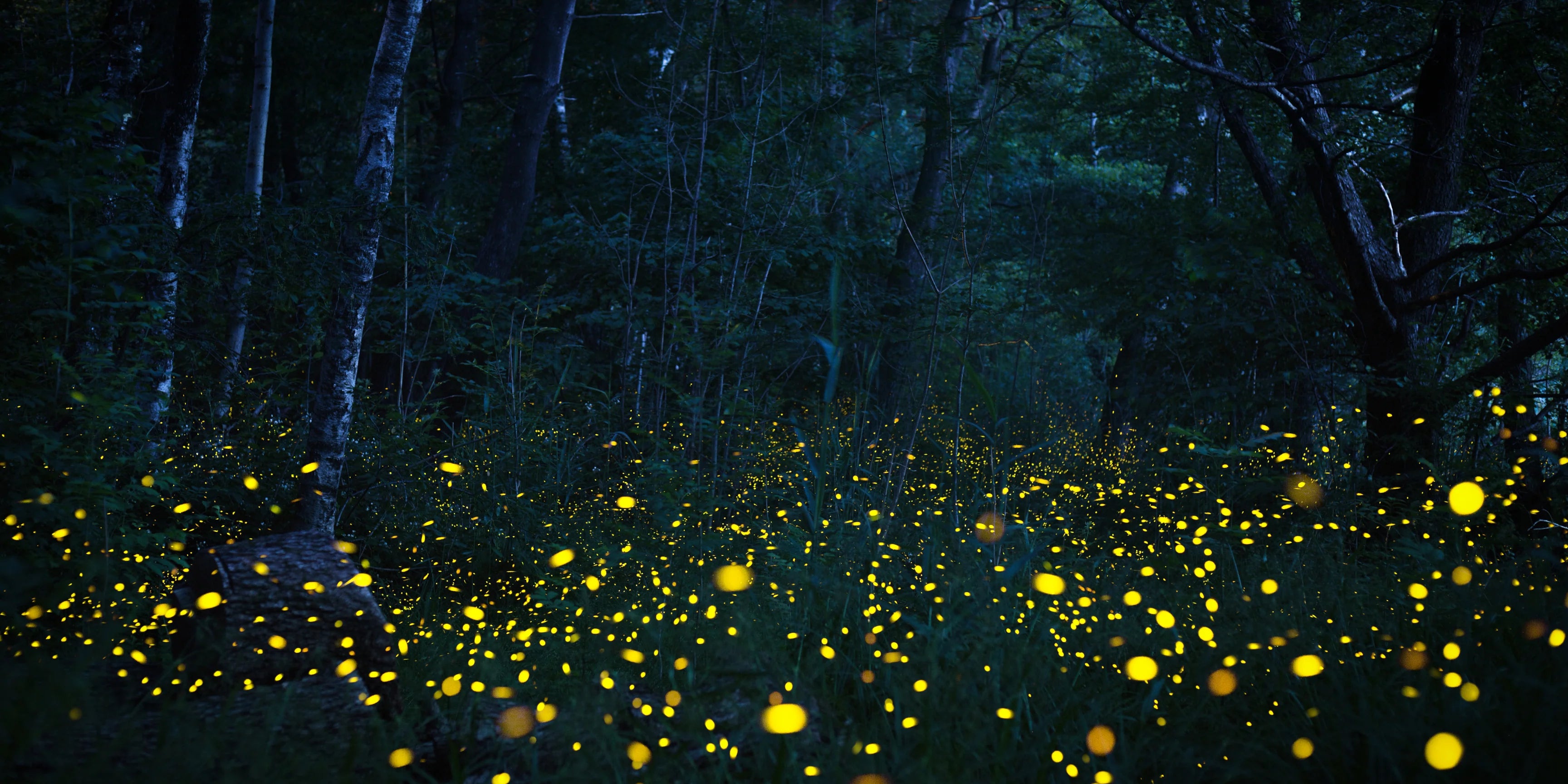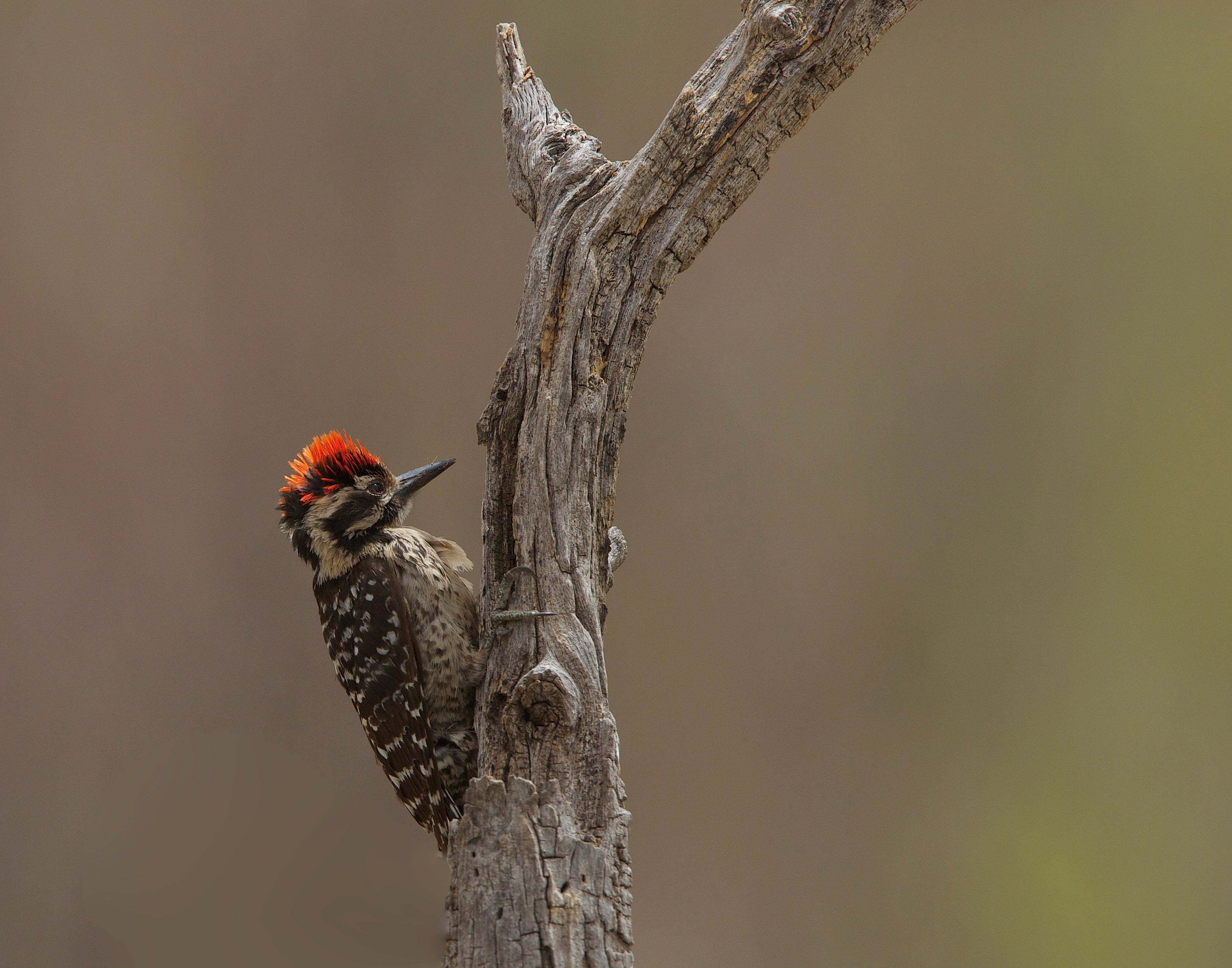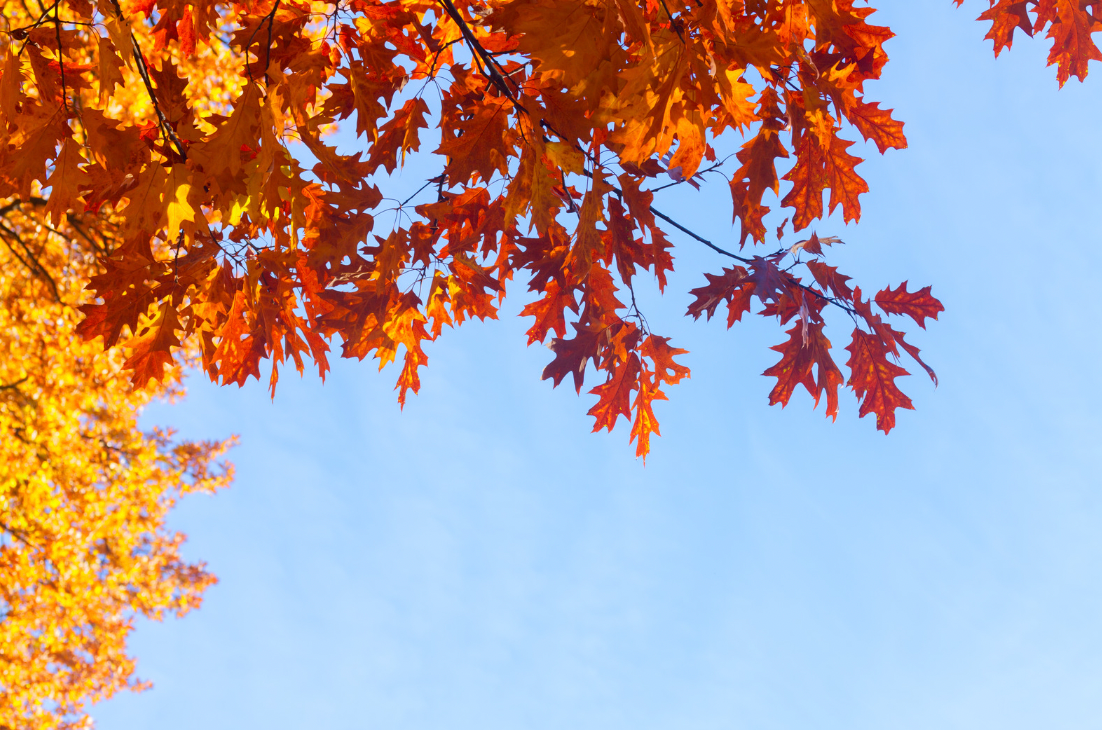What Is A Native Replacement For My Crape Myrtle?

It’s hard to imagine a summer without the colorful blooms of the Crape Myrtle. From brilliant white to deep magenta, the trees bring color all season. Though they’ve been planted extensively in Texas landscapes for many years, the trees are not native to the United States.
The Crape Myrtle was introduced initially to Charleston, South Carolina, in 1790 by French Botanist André Michaux. From there, it became a popular staple in Southern landscapes in Zones 7-9.
In recent years, Crape Myrtles have found themselves incredibly susceptible to several pests and diseases - most notably, fungus-caused powdery mildew, and bark scale, caused by aphids leaving a dark fungal infection in their wake.
Besides the fact that birds occasionally nest in Crape Myrtles, they are of little value to wildlife. They do not provide seeds to birds and other wildlife, and Crape Myrtle is not a host plant for our butterflies and moths. Our native pollinators are not provided with pollen and nectar.
You may be asking, what are native alternatives to the Crape Myrtle?
Here are some of our favorite Texas native trees to help with biodiversity and add stunning blooms to your summer landscape.
Desert Willow
Chilopsis linearis 'Bubba'
As you might expect of a tree named ‘Bubba,’ this cultivar is robust and sturdy. It boasts exceptional heat, drought, and cold tolerance, and its roots proliferate. Its linear leaves are broader and greener than those of other desert willow cultivars, which gives this tree a much fuller appearance. Despite its long and prolific blooming season, the ‘Bubba’ also develops fewer seed pods than different cultivars. Flowers are burgundy from a distance. However, closer inspection reveals a distinction between the dark pink top half and a deep burgundy lower half, with bright yellow guidelines along its throat for pollinators.
Bloom: Spring, Summer & Fall
Roughleaf Dogwood
Cornus drummondii
This tree does best in part shade to dappled shade. Unlike Crape Myrtles, this will thrive in low light conditions and bloom from May to August. Clusters of white flowers appear in spring on a clumping shrub or small tree. Birds relish the white berries produced by the flowers. As the leaves turn red in the fall, red-tinged branches emerge as well, giving this plant year-round interest. It can tolerate dry conditions but grows best in moist soil and is excellent for erosion control on slopes or riverbanks.
Bloom: May-August
Honey Mesquite
Prosopis glandulosa thornless
The Honey Mesquite is the first mesquite tree to bud in the springtime. In addition to its synchronized bud break, the showy early spring foliage is an attractive, glossy, bright chartreuse green. Elongate, greenish-yellow, fragrant flowers 2” to 3” long begin appearing in March and may be seen as late as September, providing nectar for many species of bees. Flowers produce narrow, bright red to tan seed pods in summer. Plant in full sun and provide infrequent deep irrigation.
Bloom: March-September

Goldenball Lead Tree
Leucaena retusa
This small, decorative, deciduous, single or multi-trunk tree has light green, lacy foliage, and yellow, puffy, ball-shaped flowers throughout the summer. It adapts well to different soils but prefers good drainage, and can grow under partial shade.
Bloom: April-October

Texas Kidneywood
Eysenhardtia Texana
Kidneywood foliage has a pungent, citrusy smell. Bees flock to the ambrosial flowers, which bloom intermittently through the warm months. The Dogface butterfly also eats Kidneywood as larval food. Can be formed into a small tree with proper pruning. Drought-tolerant, though it may temporarily lose leaves during a dry spell.
Bloom: April-November, especially after a rain






